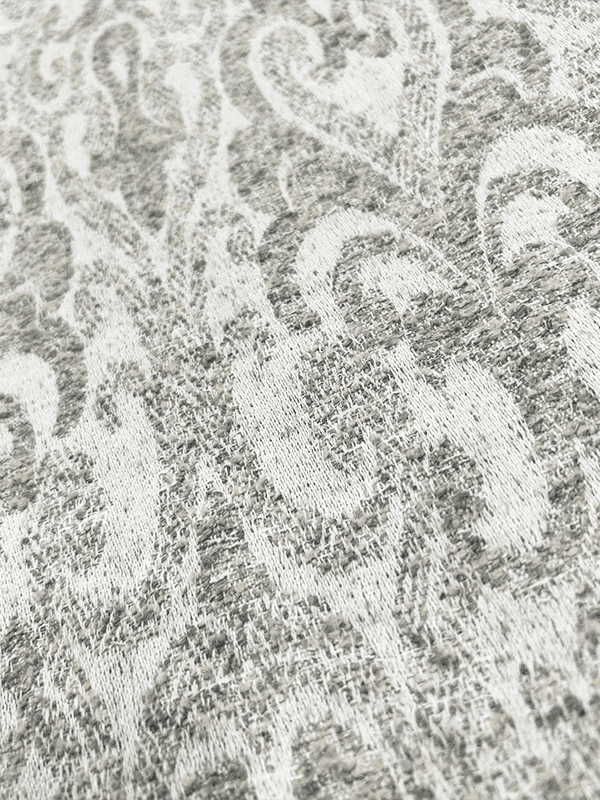In interior design, curtain fabrics are not only decorative elements, but also important tools for adjusting light and protecting privacy. So, how do curtain fabrics affect indoor light and privacy?
The material and thickness of curtain fabrics directly determine the performance of light in the room. Light and thin gauze or linen curtains allow natural light to pass through softly, creating a bright and non-glaring indoor environment, suitable for living rooms or studios, enhancing the sense of transparency of the space. However, heavy fabrics, such as velvet or blackout fabrics, can completely block light and create a dark space, which is particularly suitable for bedrooms or audio-visual rooms to ensure a good rest and viewing experience. For families who want to adjust the indoor light at different time periods, double curtains or roller blinds are an ideal choice. By superimposing fabrics of different materials, the intensity of light can be flexibly controlled.

Protecting privacy is one of the important functions of curtain fabrics, especially in densely populated urban environments. Choosing thick, opaque curtain fabrics, such as blackout fabrics or heavy cotton and linen, can effectively prevent the intrusion of outside vision, and is particularly suitable for spaces that require a high degree of privacy, such as bedrooms and bathrooms. If you want to protect privacy during the day without affecting indoor lighting, you can choose fabrics with a semi-transparent effect, such as blinds or semi-blackout curtains. These fabrics can still allow a moderate amount of natural light to enter the room while ensuring privacy.
When choosing curtain fabrics, in addition to functionality, decorativeness is also a key factor to consider. The color, pattern and texture of curtain fabrics directly affect the style and atmosphere of the entire room. In order to strike a balance between functionality and decorativeness, you can consider choosing fabrics with multiple functions, such as curtains that have both blackout effects and beautiful patterns. In addition, curtain fabrics for different rooms can be flexibly matched according to the purpose and decoration style of the room, such as choosing fabrics with better light transmittance in the living room and completely blackout fabrics in the bedroom.
The role of curtain fabrics in interior design is not limited to decoration, but also includes adjusting light and protecting privacy. Curtain fabrics of different materials and thicknesses can significantly affect the lighting effect and privacy protection level of the room. By properly selecting and matching curtain fabrics, families can create a living environment that is both beautiful and practical according to the needs of different rooms.

 English
English 中文简体
中文简体 Español
Español عربى
عربى













